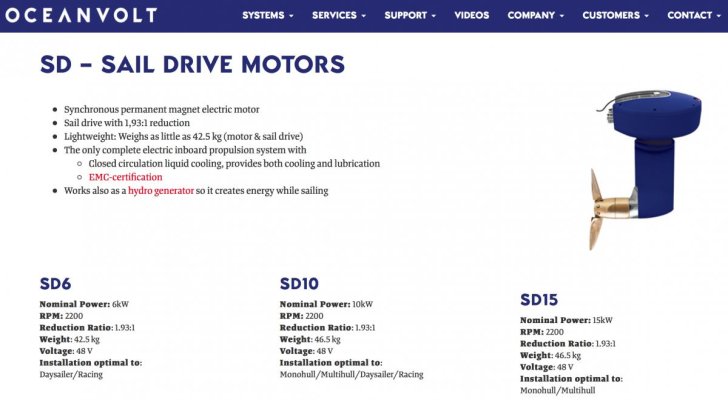North Baltic sea
Guru
if this is known here, Ocena volt electric motor and a desire to recharge your batteries? 
some single engine is a small emergency diese home to help if someone fails in the engine. Ocean volt is developed sailboats electric motor propulsion that could be used as a motorboat. needs a generator, batteries or solar panel system. thought the might be good, do not need annual maintenance, such as diesel, zinc replacement might be.
http://oceanvolt.com/systems/sea-for-monohulls-multihulls
This video 40" sail boats
https://youtu.be/9XTM6PAGi_Q

some single engine is a small emergency diese home to help if someone fails in the engine. Ocean volt is developed sailboats electric motor propulsion that could be used as a motorboat. needs a generator, batteries or solar panel system. thought the might be good, do not need annual maintenance, such as diesel, zinc replacement might be.
http://oceanvolt.com/systems/sea-for-monohulls-multihulls
This video 40" sail boats
https://youtu.be/9XTM6PAGi_Q

Last edited:



